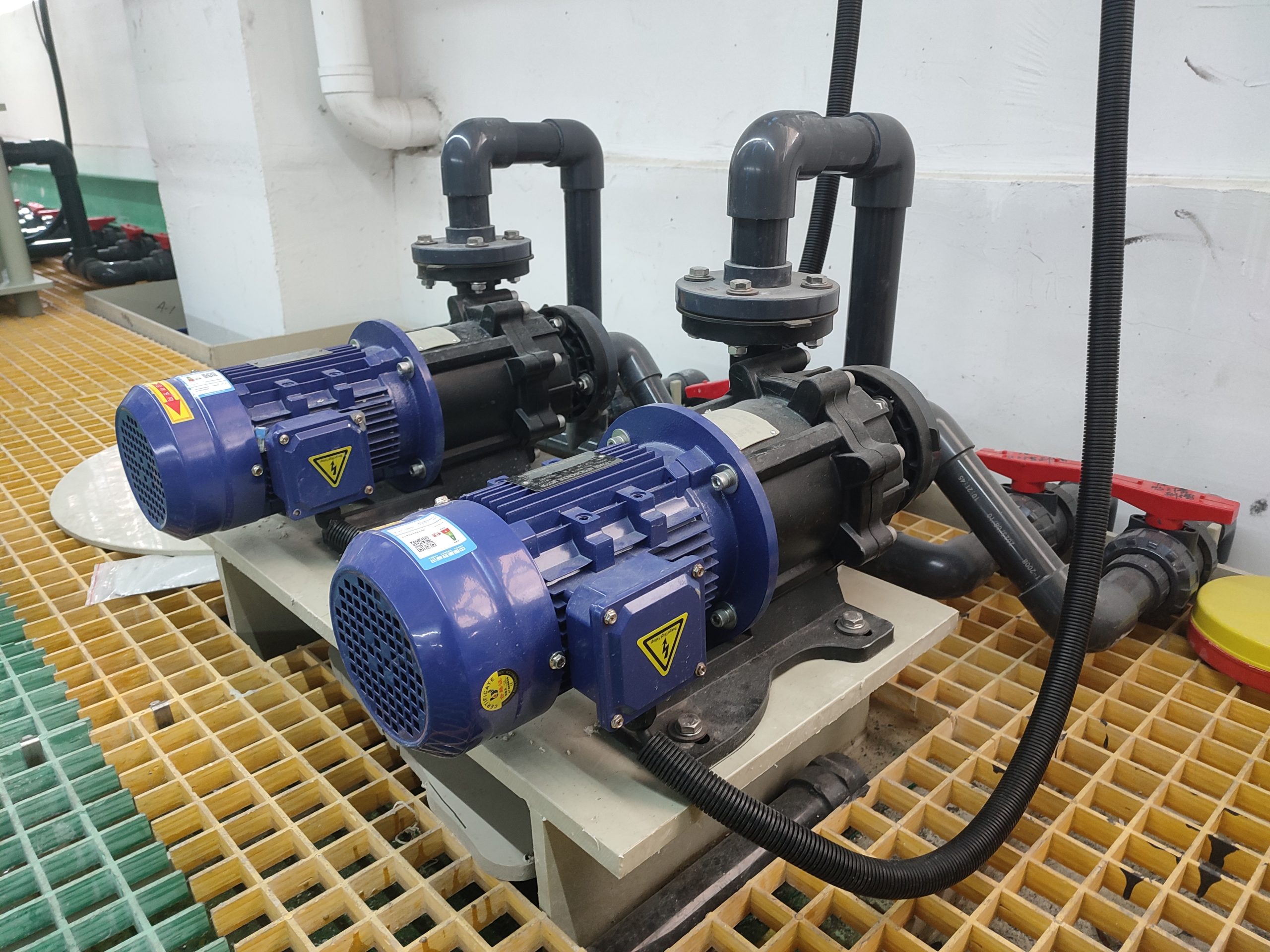Magnetic pumps are widely used in industries such as chemical processing, pharmaceuticals, electroplating, metallurgy, and environmental protection. Known for their leak-free design, high efficiency, and corrosion resistance, they are ideal for handling hazardous or toxic fluids.
To ensure long-term stability and efficiency, proper installation and maintenance of magnetic drive pumps are essential.
This guide explains in detail how to install a magnetic pump correctly and what precautions to take for safe and reliable operation.

1. Preparation Before Installation
✅ Equipment Inspection
Before installation, check whether the magnetic pump or its components were damaged during transportation.
Verify that the motor power, speed, and model match the nameplate.
Inspect the pump chamber and make sure there are no foreign objects inside, as they can damage the magnetic coupling or isolation sleeve when the pump starts.
✅ Choose a Proper Installation Site
Install the magnetic pump on a solid, level foundation to minimize vibration and noise.
Ideally, place the pump below the liquid level of the storage tank to allow natural priming and prevent air lock.
Keep the installation area dry, well-ventilated, and away from heat sources or corrosive gases.
✅ Piping Requirements
The suction pipeline should be as short and straight as possible to reduce resistance.
The inlet pipe diameter must not be smaller than the pump inlet size.
The discharge pipe should be independently supported to avoid excessive stress on the pump casing.
All joints must be tightly sealed to prevent air leakage and loss of suction.
2. Installation Steps
⚙️ Alignment of Pump and Motor
Ensure the motor shaft and pump shaft are precisely aligned.
Use a spirit level to check the foundation; alignment tolerance should not exceed 0.1 mm/m.
⚙️ Connecting the Pipeline
Use flexible connectors or vibration dampers between the pump and pipeline to reduce vibration transmission.
Install a filter (40–80 mesh) on the suction side to prevent solid particles from entering and damaging the pump.
⚙️ Filling and Venting
Before starting, fill the pump chamber with liquid completely.
Never run the pump dry, as dry operation can overheat the magnetic coupling and destroy the isolation sleeve.
Open the vent valve to expel trapped air until the pump is fully primed.
⚙️ Electrical Connection
Ensure the power voltage and frequency meet motor requirements.
Check for proper grounding and reliable insulation before startup.
3. Commissioning and Operation
🧩 First Startup
Jog the motor to verify that the rotation direction matches the arrow on the pump housing.
If the direction is incorrect, immediately disconnect the power and reverse the wiring.
🧩 Monitoring During Operation
Observe the pressure gauge and flow rate to ensure stable operation.
Check for abnormal noise or vibration.
Avoid frequent start-stop cycles, as excessive torque can demagnetize the magnetic coupling.
🧩 Temperature and Cooling
Ensure proper cooling circulation within the isolation sleeve.
When handling high-temperature fluids, connect an external cooling system to protect internal components.
4. Important Safety Precautions
Never Run Dry – Dry running will cause severe overheating and destroy the magnetic components.
Avoid Magnetic Particles – The pump should not handle fluids containing ferromagnetic particles, crystals, or high-viscosity substances.
Regular Maintenance – Periodically inspect bearings, isolation sleeves, and magnetic rotors for wear. Replace worn seals or gaskets promptly.
Prevent Cavitation – Maintain sufficient NPSH (Net Positive Suction Head) to avoid gas locking or cavitation damage.
Shutdown and Cleaning – For long-term shutdown, drain and clean the pump, and ensure it is fully dried to prevent corrosion.
5. Conclusion
Proper installation and maintenance of a magnetic pump are the keys to ensuring safe, leak-free, and efficient operation.
Following these installation guidelines — no dry running, no vibration, and no air pockets — will help maximize pump performance and extend service life.
If you’re looking to improve chemical process safety, energy efficiency, and environmental compliance, a magnetic drive pump is one of the best investments for modern industrial systems.







